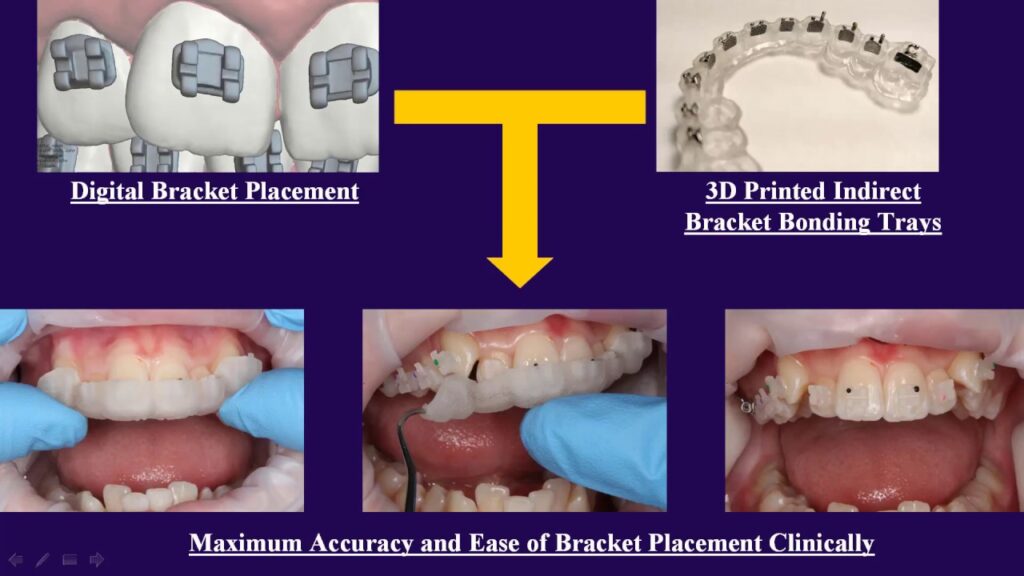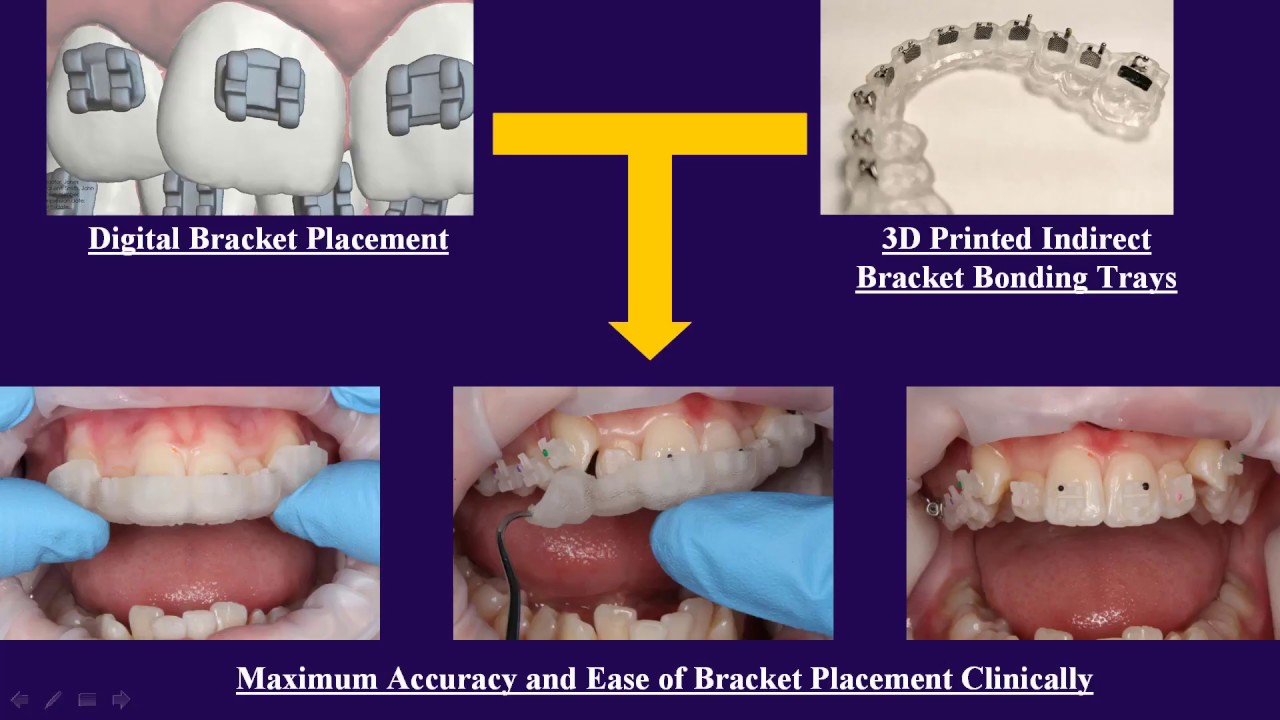
Decoding the Digital Bracket: Navigating the Modern Technological Landscape
In an era defined by rapid technological advancements, understanding the concept of a digital bracket is crucial for individuals and organizations alike. The digital bracket, in essence, represents the boundaries and parameters within which digital technologies operate and interact. It encompasses everything from the infrastructure that supports these technologies to the ethical considerations that guide their use. This article aims to dissect the digital bracket, exploring its various facets and highlighting its significance in today’s interconnected world.
Understanding the Core Components of the Digital Bracket
The digital bracket is not a monolithic entity but rather a complex ecosystem comprising several key components. These components work in tandem to shape the digital landscape and influence how we interact with technology.
Infrastructure and Hardware
At the foundation of the digital bracket lies the physical infrastructure that supports digital technologies. This includes data centers, networking equipment, and the vast array of devices that connect us to the internet. The reliability and performance of this infrastructure are critical for ensuring seamless access to digital services and applications. Investment in robust and scalable infrastructure is essential for accommodating the ever-increasing demands of the digital age.
Software and Applications
Software and applications form the next layer of the digital bracket. These are the tools and programs that enable us to perform various tasks, from communication and collaboration to entertainment and commerce. The development and deployment of software applications are driven by innovation and user needs. The quality and security of software are paramount, as vulnerabilities can expose users to risks such as data breaches and malware attacks.
Data and Information
Data is the lifeblood of the digital bracket. It fuels algorithms, informs decision-making, and drives innovation. The collection, storage, and analysis of data raise important questions about privacy, security, and ethical considerations. Organizations must adopt responsible data management practices to protect user data and ensure compliance with relevant regulations. The digital bracket must account for the flow of data, ensuring its integrity and security.
Human Interaction and User Experience
The human element is an integral part of the digital bracket. User experience (UX) design focuses on creating intuitive and user-friendly interfaces that enhance the interaction between humans and technology. Accessibility is also a key consideration, ensuring that digital technologies are usable by people of all abilities. The digital bracket needs to facilitate positive and inclusive user experiences.
Security and Cybersecurity
Security is a paramount concern within the digital bracket. Cybersecurity threats are constantly evolving, requiring organizations to implement robust security measures to protect their systems and data. These measures include firewalls, intrusion detection systems, and encryption technologies. Security awareness training for employees is also crucial for preventing phishing attacks and other social engineering tactics. The digital bracket must be fortified against cyber threats to maintain trust and integrity.
Regulations and Compliance
The digital bracket is also shaped by regulations and compliance requirements. Governments and regulatory bodies are increasingly enacting laws to govern the use of digital technologies, protect user privacy, and promote fair competition. Organizations must stay abreast of these regulations and ensure compliance to avoid legal penalties and reputational damage. Examples include GDPR, CCPA, and industry-specific regulations.
The Significance of the Digital Bracket in Various Sectors
The digital bracket has a profound impact on various sectors, transforming how businesses operate, how individuals interact, and how society functions. Understanding its implications is essential for navigating the modern technological landscape.
Healthcare
In healthcare, the digital bracket is revolutionizing patient care, enabling remote monitoring, telemedicine, and personalized medicine. Electronic health records (EHRs) improve the efficiency and accuracy of healthcare delivery. However, the security and privacy of patient data are critical concerns that must be addressed within the digital bracket. [See also: Telehealth Security Best Practices]
Finance
The financial sector is heavily reliant on digital technologies for transactions, risk management, and customer service. Online banking, mobile payments, and algorithmic trading are all integral parts of the digital bracket in finance. Cybersecurity is of paramount importance to protect against fraud and data breaches. Regulatory compliance, such as KYC (Know Your Customer) and AML (Anti-Money Laundering) regulations, also plays a significant role. The integrity of the digital bracket is crucial for maintaining the stability of the financial system.
Education
The digital bracket is transforming education, enabling online learning, virtual classrooms, and access to vast amounts of educational resources. Digital tools and platforms enhance the learning experience and provide personalized learning opportunities. However, ensuring equitable access to technology and addressing digital literacy gaps are important challenges. The digital bracket in education should promote inclusive and effective learning environments.
Manufacturing
In manufacturing, the digital bracket is driving automation, robotics, and the Internet of Things (IoT). Smart factories leverage data analytics and machine learning to optimize production processes and improve efficiency. Cybersecurity is essential to protect against industrial espionage and sabotage. The digital bracket in manufacturing is enabling the development of intelligent and interconnected manufacturing systems. [See also: IoT Security Challenges in Manufacturing]
Retail
The retail sector is undergoing a significant transformation driven by the digital bracket. E-commerce, online marketplaces, and digital marketing are reshaping the way consumers shop and interact with brands. Data analytics is used to personalize customer experiences and optimize marketing campaigns. The digital bracket in retail should focus on creating seamless and engaging customer journeys across multiple channels.
Challenges and Considerations within the Digital Bracket
While the digital bracket offers numerous benefits, it also presents several challenges and considerations that must be addressed to ensure its responsible and sustainable development.
Privacy Concerns
The collection and use of personal data raise significant privacy concerns. Individuals are increasingly concerned about how their data is being used and whether their privacy is being adequately protected. Organizations must adopt transparent data practices and provide individuals with control over their data. The digital bracket must prioritize privacy and empower individuals to manage their digital footprint.
Security Threats
Cybersecurity threats are constantly evolving, posing a significant risk to individuals, organizations, and critical infrastructure. Ransomware attacks, data breaches, and phishing scams are becoming increasingly sophisticated and frequent. Organizations must invest in robust security measures and stay vigilant against emerging threats. The digital bracket must be continuously fortified to protect against cyberattacks.
Ethical Considerations
The use of digital technologies raises important ethical considerations. Artificial intelligence (AI), for example, has the potential to automate tasks and improve efficiency, but it also raises concerns about job displacement and algorithmic bias. Organizations must adopt ethical frameworks and guidelines to ensure that digital technologies are used responsibly and ethically. The digital bracket must be guided by ethical principles that promote fairness, transparency, and accountability.
Digital Divide
The digital divide refers to the gap between those who have access to digital technologies and those who do not. This divide can exacerbate existing inequalities and limit opportunities for individuals and communities. Bridging the digital divide requires investments in infrastructure, education, and digital literacy programs. The digital bracket must be inclusive and accessible to all, regardless of their socioeconomic background or geographic location. Addressing the digital divide is crucial for creating a more equitable and inclusive society.
Regulatory Uncertainty
The regulatory landscape surrounding digital technologies is constantly evolving, creating uncertainty for organizations. New laws and regulations are being enacted to govern the use of data, protect user privacy, and promote fair competition. Organizations must stay abreast of these regulations and ensure compliance to avoid legal penalties and reputational damage. The digital bracket must be adaptable and responsive to regulatory changes. Navigating this landscape is key for sustainable growth.
The Future of the Digital Bracket
The digital bracket will continue to evolve and transform in the years to come. Emerging technologies such as artificial intelligence, blockchain, and quantum computing will shape the future of the digital landscape. Organizations must embrace innovation and adapt to these changes to remain competitive. The digital bracket of the future will be characterized by increased connectivity, automation, and intelligence. [See also: The Impact of AI on Cybersecurity]
In conclusion, the digital bracket is a multifaceted concept that encompasses the infrastructure, software, data, human interaction, security, and regulations that define the modern technological landscape. Understanding its components, significance, challenges, and future trends is essential for navigating the digital age and harnessing the power of technology for good. As we move forward, it is crucial to prioritize privacy, security, ethics, and inclusivity to ensure that the digital bracket benefits all of society.
